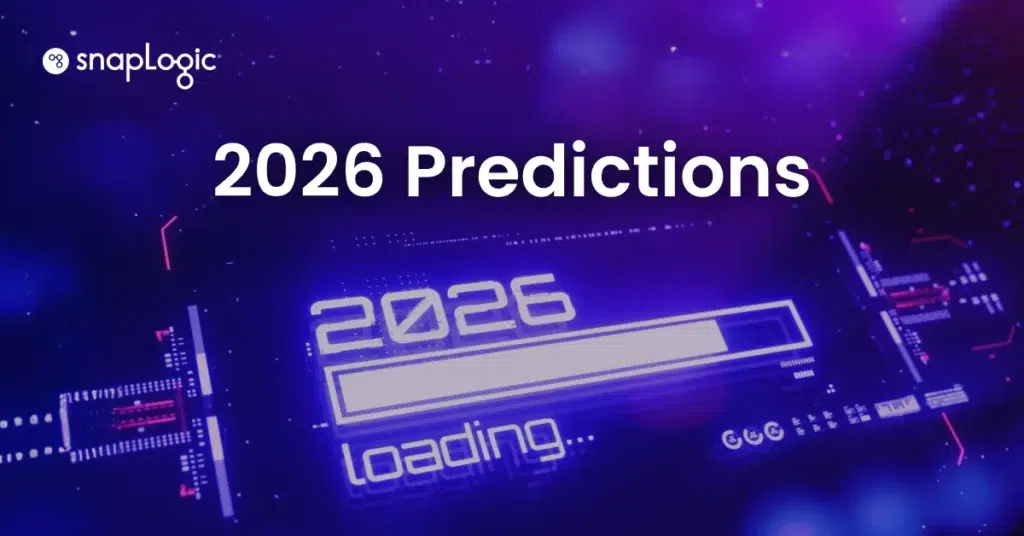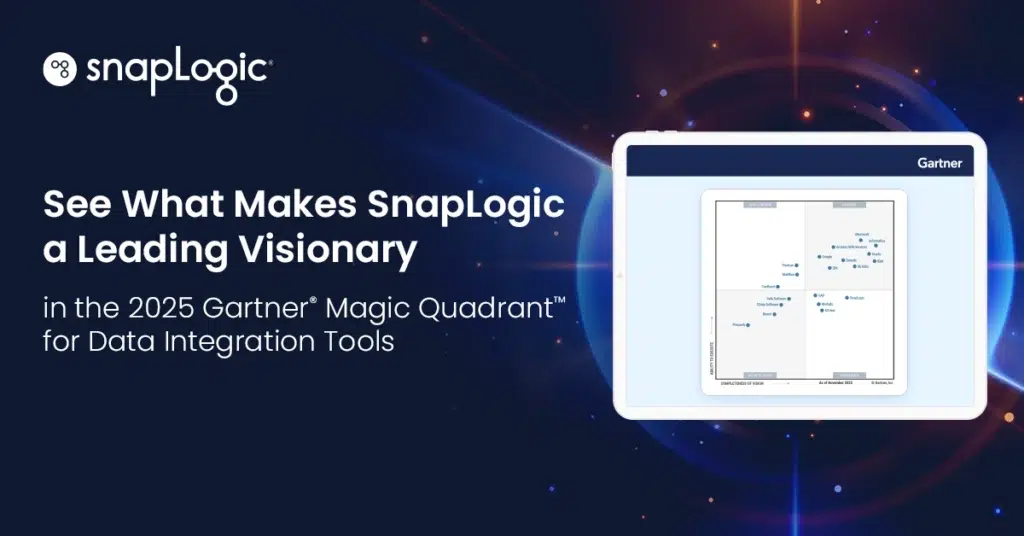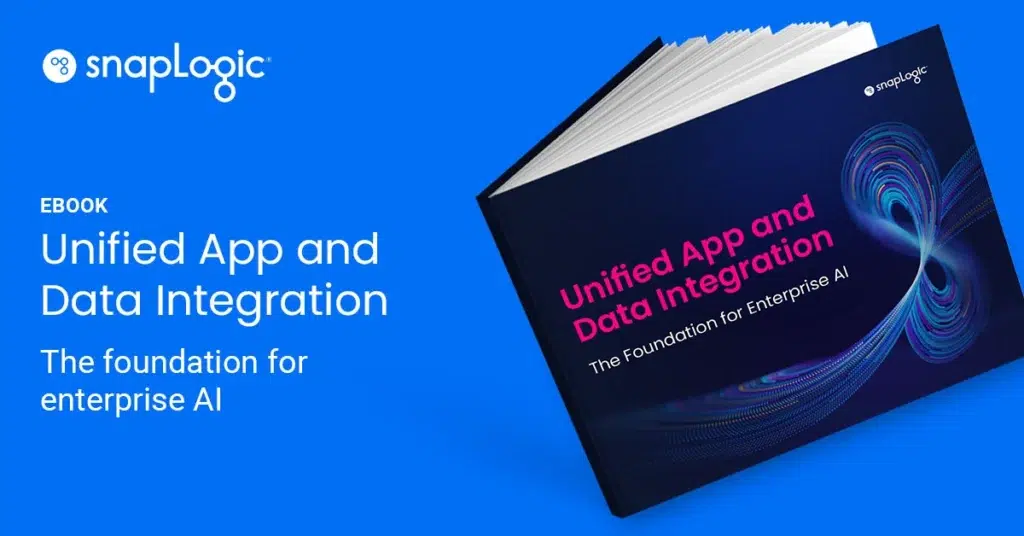What is sentiment analysis?
Sentiment analysis, also known as “opinion mining,” is the process of using natural language processing (NLP), text analysis, and computational linguistics to identify and extract subjective information from text data. It aims to determine the emotional tone behind a body of text, typically categorizing it as positive, negative, or neutral.
How sentiment analysis works
Key aspects of sentiment analysis include:
- Text processing: analyzing text to understand the context, syntax, and semantics of the words used
- Sentiment classification: assigning a sentiment score or category to the text based on its content and at different levels, such as document-level, sentence-level, or aspect-level
- Feature extraction: identifying and using specific linguistic features (such as words, phrases, or grammatical structures) that indicate sentiment
- Machine learning: employing algorithms and models trained on labeled datasets to predict sentiment in new, unseen text
- Applications: used in various applications including customer feedback analysis, social media monitoring, market research, and brand reputation management
Sentiment analysis helps with understanding and quantifying the emotions expressed in text data, enabling businesses and researchers to gain insights into public opinion, customer satisfaction, and overall sentiment trends.








